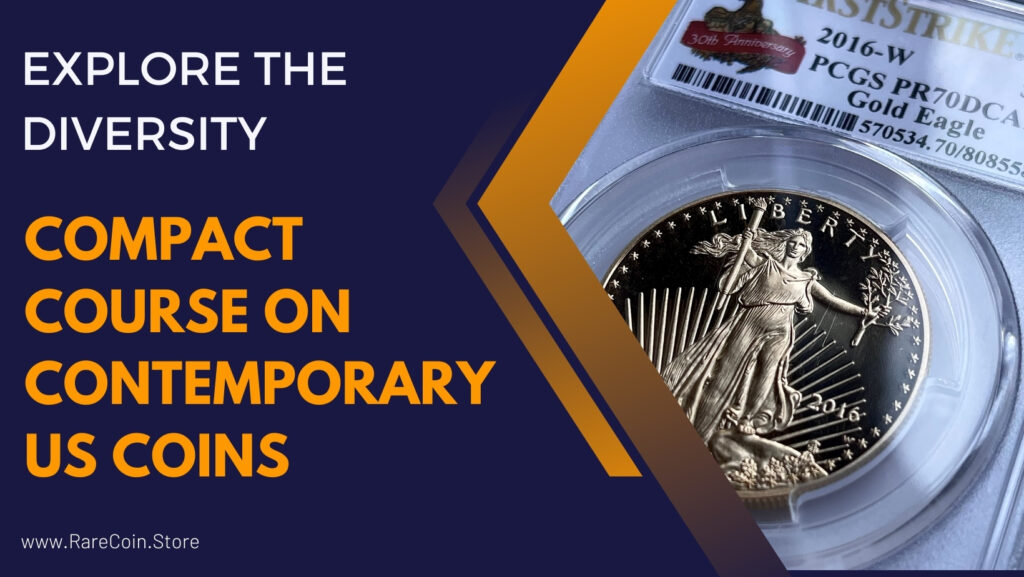
The history of the US Mint / US Mint
On April 2, 1792, the prestigious Congress passed the Coinage Act – a crucial legislative milestone that initiated the establishment of the first national mint in the United States. The Distinguished Halls of Congress recognized Philadelphia as the birthplace of this historic institution, laying the foundation for a fascinating journey through the history of the U.S. Mint.
The US Mint’s Expansion in the 19th Century
As the United States continued to grow, so did the demand for coinage. The discovery of precious metals such as silver and gold in the 19th century placed additional pressure on the Mint to convert these metals into coins. This development led to the establishment of additional mints across the country. The Mint currently operates four locations in Denver, Philadelphia, San Francisco and West Point, as well as a major bullion depot in Fort Knox.
The development of US Mint locations
- Philadelphia, Pennsylvania
The Philadelphia Mint , in its fourth iteration since 1969, is the main facility and has produced coins since 1793. The ” P” mint mark was introduced in 1980, and the facility acts as a hub for stamp production and design.
- Denver, Colorado
The Denver Mint , active since 1906, produces circulating and collector coins, makes coin dies, and offers public tours. The facility has a fascinating history dating back to the discovery of gold in 1858. Denver (CO) – Mintmark on the coins: ” D “.
- Fort Knox, Kentucky
The US Bullion Depository at Fort Knox is used solely to store gold reserves and does not produce coins.
- San Francisco, California
The San Francisco Mint , active since 1854, specializes in collectible coins and uses advanced robotic technology. The Mint has a colorful history, from the gold rush era to modern proof coinage. The San Francisco Mint is not open to the public. San Francisco (CA) – Mintmark on the coins: ” S “.
- Washington, DC Headquarters
The headquarters in Washington ( United States Mint Headquarters ), DC, is not involved in coin production, but oversees important aspects such as research and marketing.
- West Point, New York
The West Point Mint , active since 1938, produces bullion and collector coins. It is a deposit for precious metals and minted circulation coins with the “ W ” mint mark for the first time in 2019. Near the United States Military Academy in New York is the United States Mint at West Point. Silver, gold and platinum bullion coins are stored there and coins are minted, including:
- American Eagle Proof and Uncirculated coins in gold, silver and platinum
- American Buffalo Gold Bullion Coins
- Commemorative coins as authorized by Congress
By the way, the letters P, D, S, W are called Mint Marks . Mint Marks are letters that indicate where a coin was made.
The Functions of the US Mint: An Overview
The US Mint plays a central role in the production of coins for everyday use. In addition to producing circulation coins, it plays a significant role in the production of numismatic coins for collectors, bullion coins for investors and commemorative medals. The Mint maintains six locations, which include both production facilities and warehouses as well as a headquarters.
The diverse tasks of the US Mint
The Mint’s responsibilities are varied and include the production of coins for both the domestic market and for bullion and foreign purposes. In addition, it is responsible for the manufacture and sale of national commemorative medals and the design and production of Congressional gold medals. The Mint is also actively involved in marketing special coins. Additionally, it secures and controls the movement of bullion, issues gold and silver for authorized purposes, and distributes coins to the Federal Reserve Banks.
US Mint Security and Funding
The security of Mint facilities, their employees and reserves rests in responsible hands – more specifically, in the hands of the United States Mint Police. Funding for this fascinating mint venture comes from the United States Mint Public Enterprise Fund, which was established in 1995. It is important to emphasize that the Mint is not responsible for the production of paper money; This important task is the responsibility of the Bureau of Engraving and Printing.
Additional resources on U.S. coins and mints:
An Overview of the United States of America: History, Culture, Symbols and US Gold Coins

